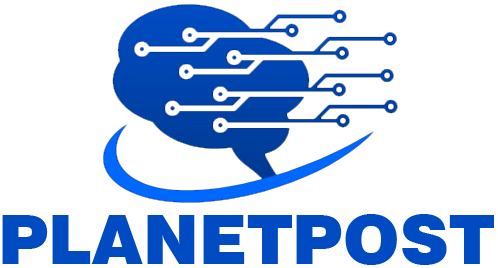When Alex Hawkinson was the CEO of SmartThings, the consumer-focused connected devices company he co-founded and sold to Samsung for around $200 million, he kept thinking that internet of things (IoT) technology could probably solve bigger issues.
He left SmartThings in 2018 to figure out where connected devices could make the largest impact. He co-founded IoT company BrightAI, alongside Nathan Hanks, Douglas Burman, and Robert Parker, in 2019. When the pandemic hit in 2020, Hawkinson, now CEO, said that where BrightAI should focus became clear: infrastructure.
“In the pandemic, that downtime, sort of really made you think about what are the really important services that the modern life depends on? As you look at those, it’s sort of shocking how antiquated they are in many cases,” Hawkinson told TechCrunch.
Using connected devices to fix critical infrastructure’s woes became the basis for BrightAI. Hawkinson described BrightAI today as a “physical AI” company. BrightAI offers an end-to-end tech platform that uses sensors to help companies monitor physical assets. BrightAI’s sensors are constantly sending data to an AI algorithm that processes the data and can help catch and predict potential issues before they arise.
For example, pest control supplier Pelsis uses BrightAI’s sensors to remotely monitor its light traps that are installed in food and pharmaceutical production facilities. BrightAI can identify and alert Pelsis if any of their light traps catch a new type of pest in between manual inspections, allowing Pelsis to deploy the necessary treatment earlier.
“It’s leaving your inspector there all the time, even when there’s not humans around,” Hawkinson said. “It lets you have this kind of real-time sense of sites and assets. You’re collecting data that humans never did before, because you’re there all the time, and then [you] use AI to sort of see the patterns in that and really move from reactive to proactive.”
BrightAI launched its platform in stealth in 2023. It currently has seven large enterprise customers across six verticals including HVAC, waste management, and power, among others. It’s deployed more than 250,000 sensors and has reached $80 million in revenue while remaining in stealth mode without raising any outside capital — until now.
The company is emerging from stealth today and just raised a $15 million seed round funded entirely by Upfront Ventures. Hawkinson said that they decided to take on venture funding now because they needed capital to get to their next level of growth. He added that BrightAI has a lot more customer interest than they can currently serve.
BrightAI’s seed round capital will be used to expand the company’s tech capabilities. Hawkinson said they want BrightAI’s tech to be able to tap the data its sensors have collected to help field workers be more informed on how to fix problems.
There are numerous startups taking a similar approach to AI and sensor technology that are more verticalized than BrightAI. Sensorita is a Norwegian startup that uses sensors and AI to help monitor and manage construction waste. WaveLogix is another that uses sensors to test the strength and health of concrete. Hawkinson acknowledged that building in one vertical would probably allow them to move faster, but added that they didn’t want to limit their total addressable market.
“I felt like by limiting ourselves to one vertical, it would also leave so much untapped potential,” Hawkinson said. “So for me, it’s just building a great business instead of moving fast and all the rest of it. It’s like the way we can sort of maximize the impact we can have in the world.”
BrightAI’s tech can help companies be more precise too, Hawkinson added. Pest control companies don’t need to spray solution everywhere, they can use BrightAI’s sensor data to be more targeted. Water companies don’t need to send as many trucks of employees out to monitor pipes, if they already know which ones need maintenance.
“It’s like this beautiful thing, because as you unlock productivity, and then you unlock capital efficiency, both make these services we rely on so much better,” Hawkinson said. “We can reach so much more of it. But also it’s pretty cool that it does it in a way that wastes a lot less.”


